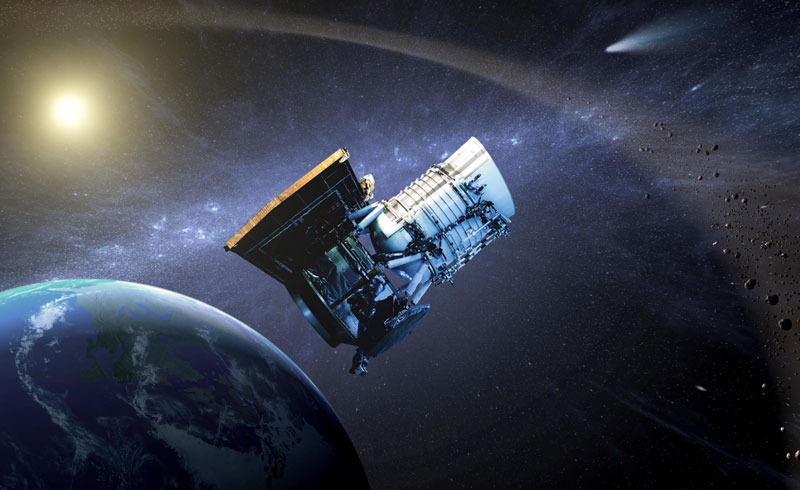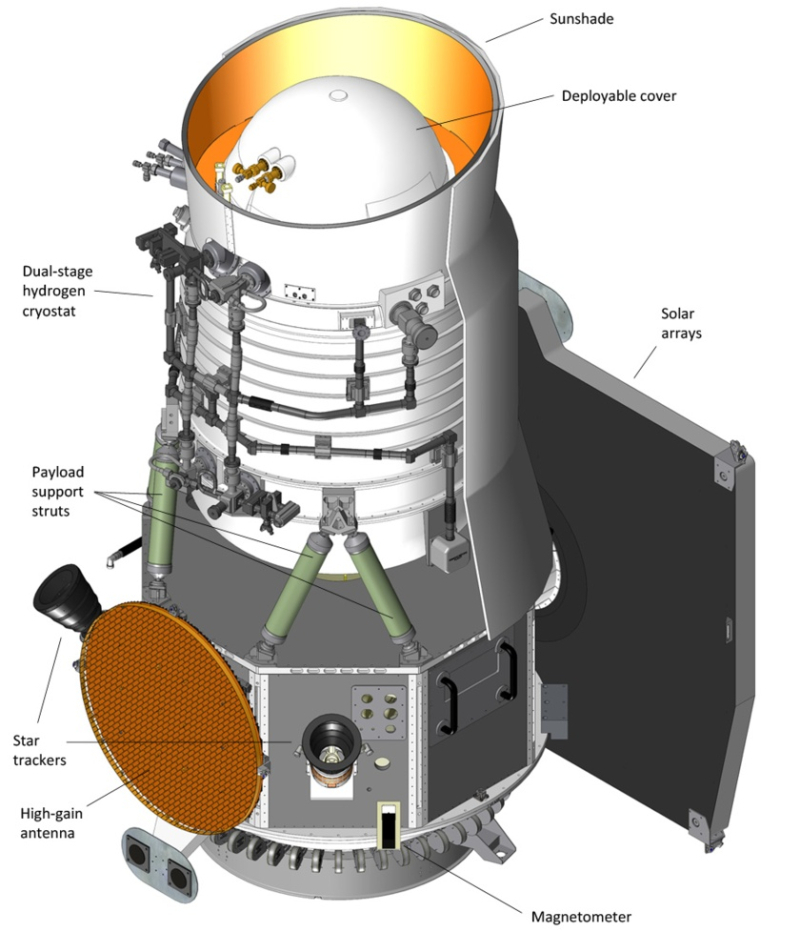On the last day of July 2024, NASA’s Orbiting Infrared Telescope WISE (NEOWISE) officially ended its advanced science operations. The telescope was launched into space in 2009 as a tool to search for weak and strong infrared sources in the Universe. In 2013, after a long sleep, the telescope began to work for the planetary defense of the Earth, looking for asteroids dangerous to it. Today its service is over and soon it will burn up in the atmosphere.

Image source: planetary.org
The command to completely shut down the NEOWISE telescope will be given on August 8, 2024. Depending on the activity of the Sun, which affects the size of the Earth’s atmosphere, the telescope will burn out in its dense layers between December 2024 and February 2025. In fact, since 2013, the telescope has been working beyond its original program and has been useful to science for much longer than the developers planned.
The supply of cryogenic hydrogen on board the WISE observatory was enough to operate the telescope’s ultra-sensitive infrared sensors for a year. The observatory was launched to search for interesting objects invisible in the optical range. For example, WISE discovered the closest brown dwarfs to Earth, just 6.5 light-years from Earth, which are no longer planets, but not yet stars, and therefore dim for optical detection, as well as a number of the brightest infrared galaxies on record. WISE was also able to track 150 thousand asteroids in the main belt between Mars and Jupiter (infrared radiation provides the most complete picture of the relief of these objects).
The depletion of coolant supplies led to the end of the WISE program and the telescope being put into sleep mode in 2010. By 2013, the telescope team and invited scientists developed and implemented a new observatory program – NEOWISE (Near-Earth Object Wide-field Infrared Survey Explorer), fortunately there was no need to launch anything new into space, it was only necessary to update the on-board software and return the telescope to work.

The goal of the expanded NEOWISE scientific program was the search and study of near-Earth asteroids. Without extreme cooling of the sensors, the telescope could only use two of the four infrared bands, but this was enough for the instrument and researchers to be surprisingly productive.
Moreover, based on NEOWISE’s practice of hunting for near-Earth asteroids, a more advanced space platform for the purposes of primarily planetary defense was developed – NEO Surveyor. The NEO Surveyor telescope is expected to be launched into space in 2027, after which it will travel to the L1 Lagrange point. It will not have coolant to cool the infrared sensors. The solar protection system will be based on carefully thought-out shielding, including the use of solar panels.
Over more than 14 years of operation, the WISE telescope with the NEOWISE program has made 1.45 million infrared measurements of more than 44,000 solar system objects. The space telescope also examined more than 3,000 space objects, 215 of which it discovered itself, including Earth’s first-ever Trojan asteroid, 2010 TK7, a 300-meter-long rock that moves ahead of our planet at the L4 Lagrange point.